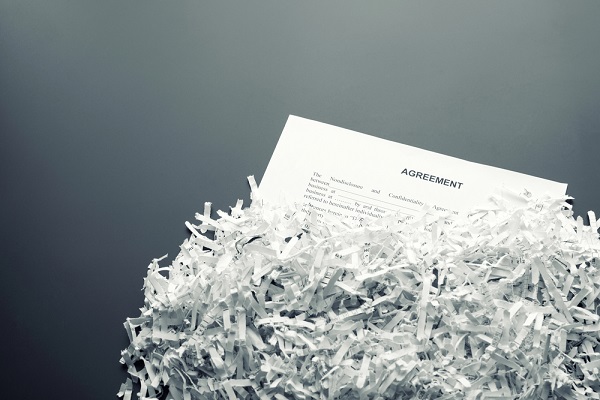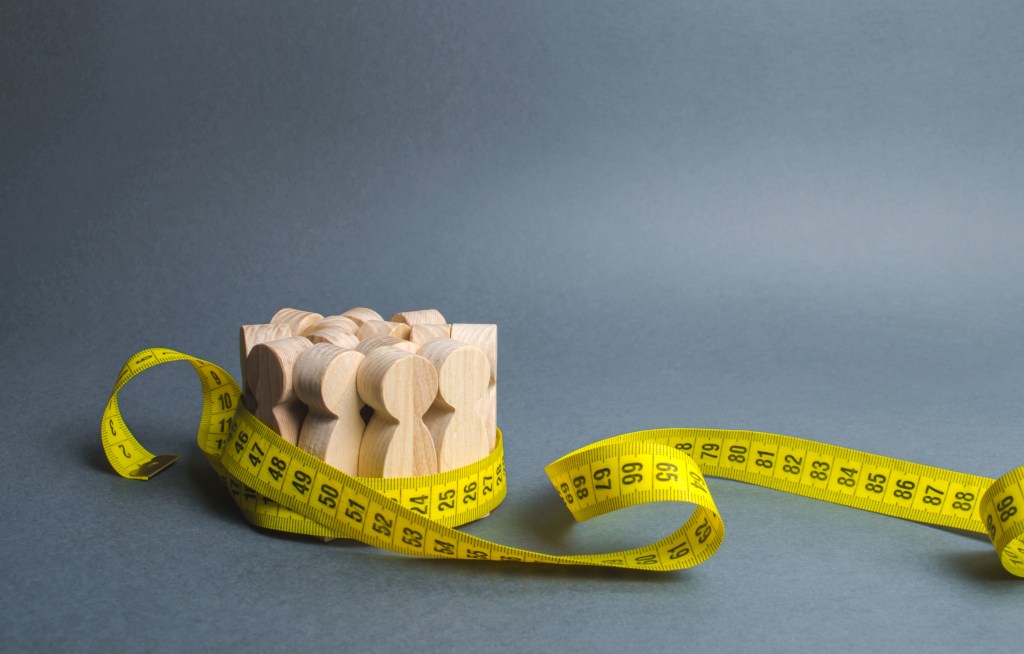PAP Coverage for Damage Due to “Freezing”
The temperature got so cold that the vinyl flooring in an insured travel trailer cracked. Is this damage excluded by the “freezing” exclusion in the ISO Personal Auto Policy or does “freezing” only refer to the liquids in the vehicle?
Question:This past winter’s cold left a number of our personal auto clients with damage to the flooring in their travel trailers. The vinyl flooring split in various ways due to the extreme cold and movement of the underlayment in the trailer. Our carriers are split as to whether or not this is covered under the Other Than Collision coverage due to the ‘freezing’ exclusion this section contains. My question is concerning the ‘freezing’ exclusion and its intent. Some say the ISO intent was to exclude freezing of the plumbing or heating systems and not the entire trailer including flooring. Can you advise the intent and if this is a covered loss under the Other Than Collision section? Thank you.
Answer:The most likely victim of freezing would be parts of a vehicle that contain fluids, but the exclusion doesn’t expressly say that, just that damage caused by “freezing” is excluded: 2. Damage due and confined to:
a. Wear and tear;
b. Freezing;
c. Mechanical or electrical breakdown or failure; or
d. Road damage to tires.
The only argument I could think of might be the language “due AND CONFINED TO” but I doubt that would help either.
It’s kind of like ISO’s pollution exclusion. It has often been more broadly and restrictively interpreted than the original language was probably meant to be. But many, if not most, courts will look to the four corners of the policy for meaning and not beyond.
One of our VU faculty members said that, to him, “freezing” means when a liquid turns into a solid. In the cited claim, the flooring is already a solid. “Freezing” isn’t defined, but here are some definitions from Merriam-Webster Unabridged:
Granted, the flooring became more prone to breaking or splitting due to the cold, worsened by the movement of the subflooring, but an argument can be made that the damage wasn’t due to “freezing” per se. If there was an exclusion like that found in other forms for damage that arises from “extremes of temperature,” then damage could more certainly be excluded.
Another point he makes is that auto windshields can crack in very cold weather, often due to direct sunlight. Would the PAP exclusion for “freezing” apply then? Could the insurer tell us what the exact “freezing temperature” is for tile, say, compared to water, etc.? See this excerpt from the Safelite Auto Glass website:
Cold weather stress
In cold weather conditions, windshields bend into a more concave shape. As a result, windshield chips and dings are more likely to spread in a horizontal fashion. According to a study conducted by the Motor Industry Research Association (MIRA), chips were likely to spread more than 80% of the time at temperatures of 14 degrees (-10° C). Windshield chips tested at 32 degrees were nearly 60% likely to crack.
Warm weather stress
Warm weather conditions cause windshields chips to spread into vertical cracks. The same study conducted by MIRA suggested that the heat distorts the shape of the windshield glass, which can lead to cracking by itself. The cooling effect of the air conditioning unit makes chips even more likely to crack.
So, our consensus is that the “freezing” exclusion likely does not apply to this type of loss. At worst, it’s ambiguous and any doubt should be decided in favor of the insured who did not draft the policy language.
Last Updated: October 20, 2014
|
Copyright © 2025, Big “I” Virtual University. All rights reserved. No part of this material may be used or reproduced in any manner without the prior written permission from Big “I” Virtual University. For further information, contact nancy.germond@iiaba.net.









